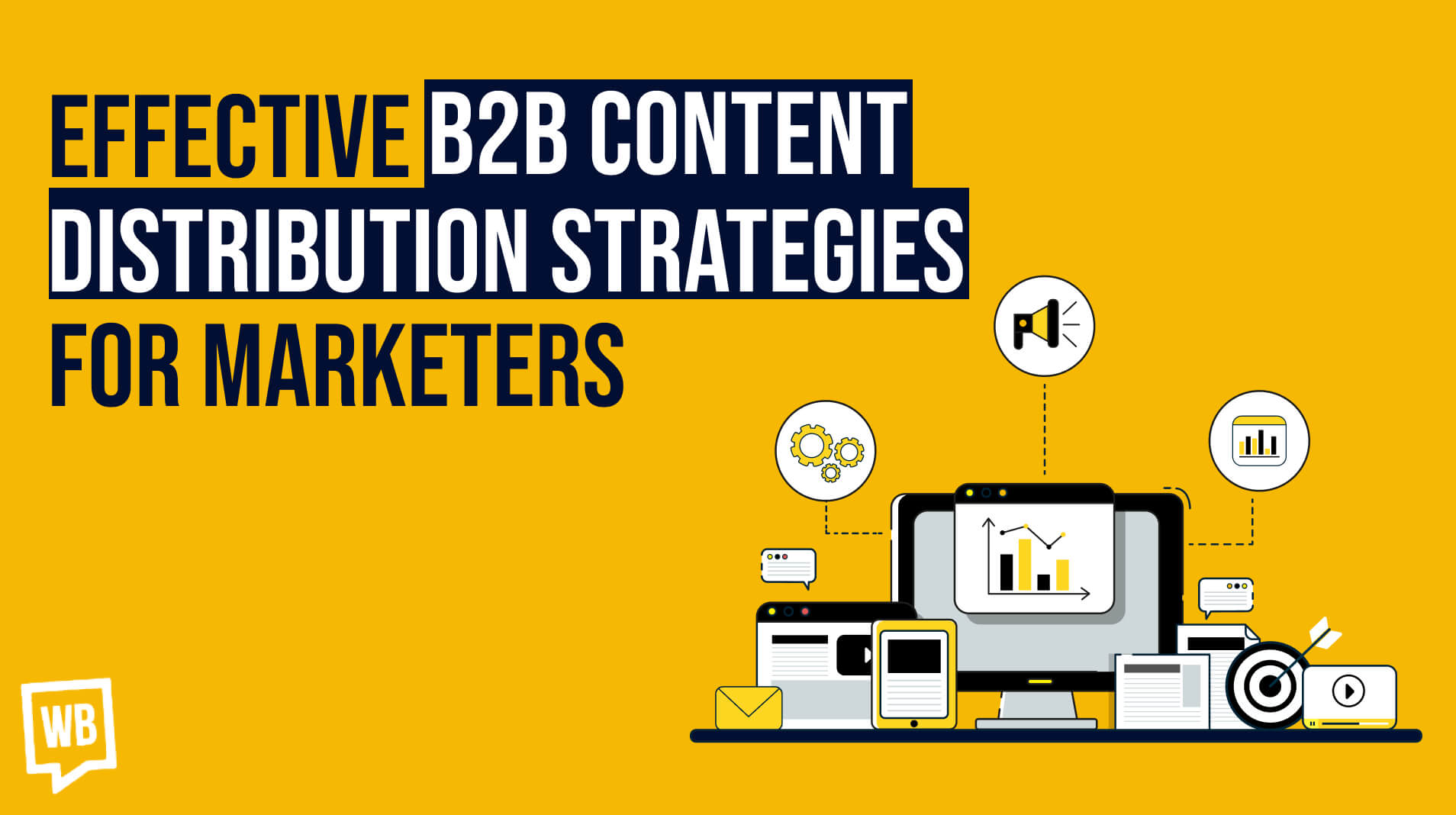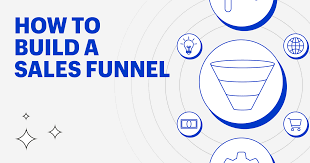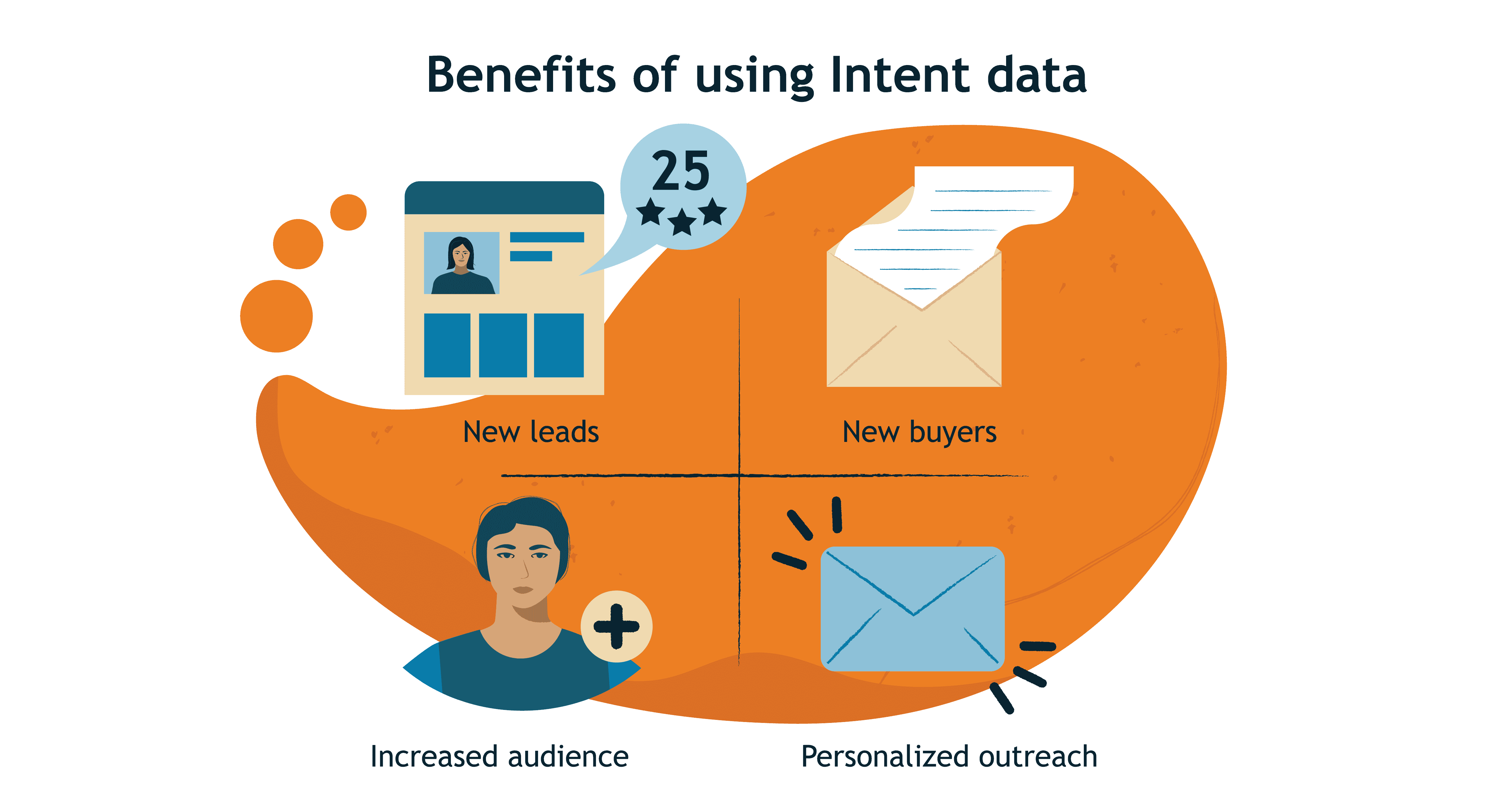In the realm of B2B content marketing, creating high-quality content is only half the battle. To truly succeed, businesses must master the art of content distribution. In a landscape flooded with information, getting your content in front of the right audience at the right time is paramount.
Here are some B2B-specific strategies to help you master the art of content distribution:
Know Your Audience Inside Out: Before distributing any content, you must have a deep understanding of your target audience. In the B2B space, this means knowing the pain points, challenges, and goals of your ideal customers. Create buyer personas that outline the demographics, job roles, interests, and pain points of your target audience. This knowledge will inform your distribution strategy and help you tailor your content to resonate with your audience.
Utilize LinkedIn for Thought Leadership: LinkedIn is the go-to platform for B2B professionals, making it an invaluable tool for content distribution. Share your content on your company page, personal profile, and relevant LinkedIn groups to increase visibility among your target audience. Additionally, publishing long-form content on LinkedIn Pulse can position your brand as a thought leader in your industry, further expanding your reach and influence.
Tap into Email Marketing: Email remains one of the most effective channels for B2B content distribution. Build a segmented email list comprising subscribers who have opted in to receive content from your brand. Personalize your email campaigns based on the interests and behavior of your subscribers, delivering relevant content directly to their inboxes. Leverage automation tools to streamline the process and nurture leads through targeted email sequences.
Repurpose Content for Maximum Impact: Repurposing content allows you to extract additional value from your existing assets and reach a wider audience across different channels. Convert blog posts into infographics, webinars into SlideShare presentations, and whitepapers into podcasts. Tailor your content formats to suit the preferences of your audience and distribute them across various platforms to maximize exposure.
Explore Paid Advertising: While organic distribution channels are valuable, paid advertising can provide an extra boost to your content distribution efforts. Platforms like Google Ads and LinkedIn Ads offer sophisticated targeting options that allow you to reach decision-makers and influencers within your target market. Allocate a portion of your marketing budget to paid campaigns and monitor performance metrics to optimize your ROI.
Engage in Strategic Partnering: Collaborating with complementary businesses and industry influencers can significantly amplify your content distribution efforts. Identify potential partners whose audience aligns with your target market and explore opportunities for co-branded content, guest blogging, and cross-promotion. By leveraging the existing networks of your partners, you can extend the reach of your content and establish credibility within your industry.
Measure, Analyze, and Iterate: Effective content distribution requires ongoing evaluation and refinement. Monitor key performance indicators such as website traffic, engagement metrics, lead generation, and conversion rates to gauge the effectiveness of your distribution channels. Use analytics tools to track the performance of your content across different platforms and identify areas for improvement. Continuously iterate your distribution strategy based on data-driven insights to optimize results over time.
Conclusion:
Mastering the art of B2B content distribution requires a strategic and multifaceted approach. By understanding your audience, leveraging the right channels, repurposing content effectively, and measuring performance, you can enhance the visibility, relevance, and impact of your content within the B2B landscape. Embrace experimentation, stay abreast of emerging trends, and adapt your distribution strategy to stay ahead in an ever-evolving digital ecosystem.





